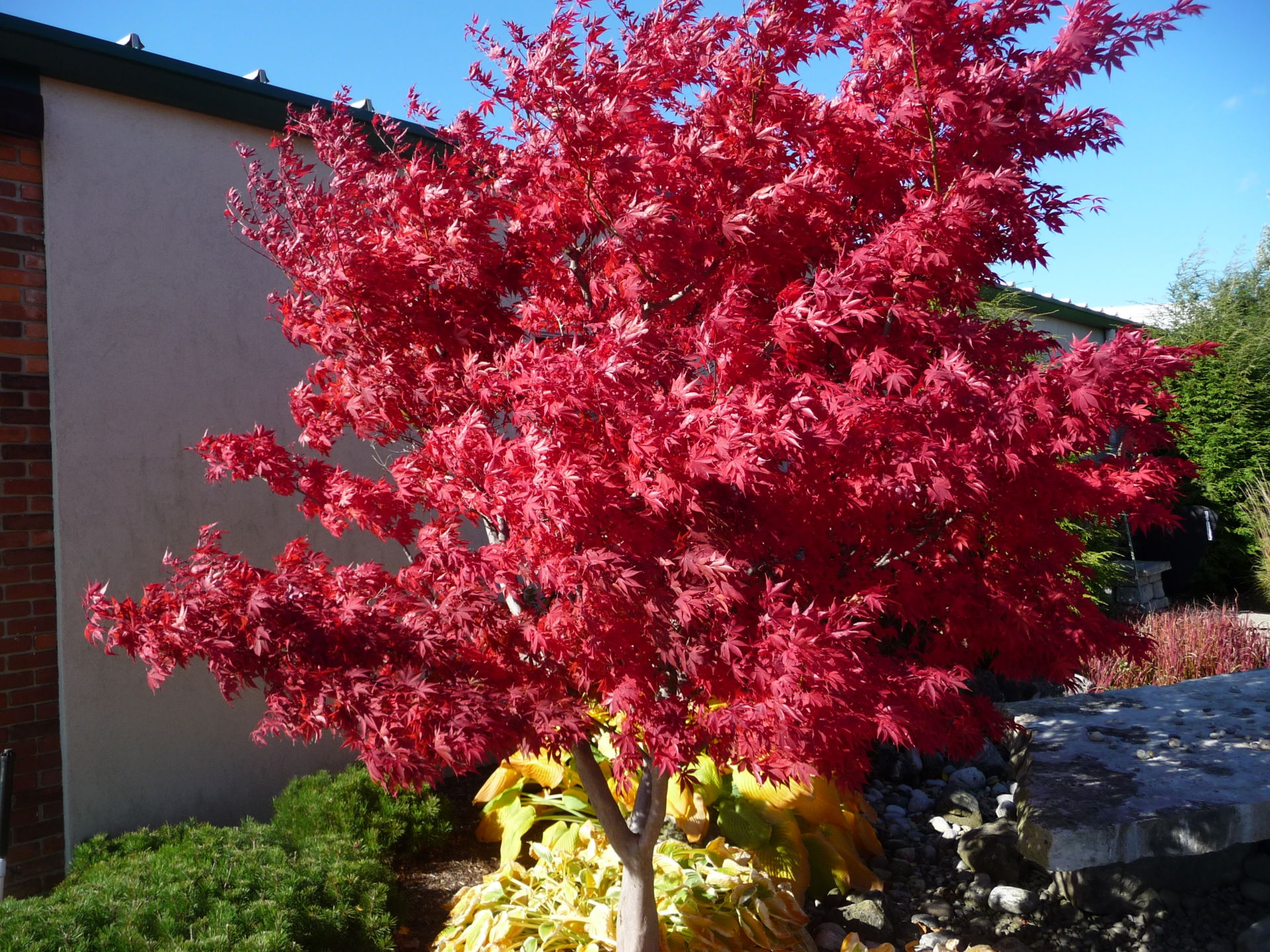Fall Colours
Garden Clippings for November 2, 2019
Ages ago my parents would wait till after Thanksgiving and then phone a contact or two in Sault St Marie in order to get the exact dates to do a fall colour tour. They would quickly make a few phone calls to a few motels and without much warning they would escape for a short week in pursuit of a kaleidoscope of red, yellow, orange, green and brown leaves.
They rarely gave us kids much notice. I recall once coming home from school to find a note on the kitchen table saying they had escaped for a few days and we were to do our homework, complete our chores and listen to our older siblings.
That was fifty years ago. Gas was cheap, but the cost of making phone calls to motels was not. My parents would jump in their guzzling 67 Chev, 68 Ford or 73 Olds and drive for miles on end in search of colours that might be more vibrant than those of the year before. Sometimes they were disappointed and reported that the colours on Highway 22 between London and Sarnia were just as beautiful as those on the Trans Canada.
Fall colour tours are still a thing. One only needs to do an internet search to seek out the best drives for the best colours. Cheryl and I have never gone out specifically in pursuit of fall colours, but the spectacular colours we enjoyed on our drive to Hamilton this past weekend caused me to lift the pedal more than once to take in the show.
Why do trees turn colour in the fall? Those who weren’t listening in Biology class would think fall’s cooler weather causes a chemical reaction in trees, thus triggering the supply of a yellow, red or orange dye to the leaves. Not so.
Truth is that the variety of colours appearing in the fall have been in the tree since spring but were masked by chlorophyll. During spring and summer as trees and leaves grow, their cells make food known as chlorophyll, providing the green we commonly see in trees. In fall as days become shorter and weather becomes cooler, leaves stop making food and chlorophyll breaks down, causing the green colour to disappear and revealing the colourful pigments that have always been in the leaves.
For years, Biologists have researched what action plays the bigger role in changing leaf colour: is it the cooling temperature or the shortening day length? No consensus has ever been reached but most agree that it depends on the plant species. And if day length played the bigger role, you could set our clocks on precisely the same date each year for best colour. But history has proven that best fall colour will usually appear within the two week period at the end of October.
Maples are the king of fall colour, with our native Sugar Maples leading the show. Silver Maples display less colour, mostly turning yellow or brown before falling. Gingko trees, Katsura, Birch, and Shagbark Hickory turn distinctively yellow in fall. Sassafras becomes all shades of yellow to red.
Smaller trees and shrubs such as Sumac and the many varieties of Japanese Maple have intense fall colour, mostly bright red. Even the nasty native Poison Ivy puts on a beautiful show early in fall.


